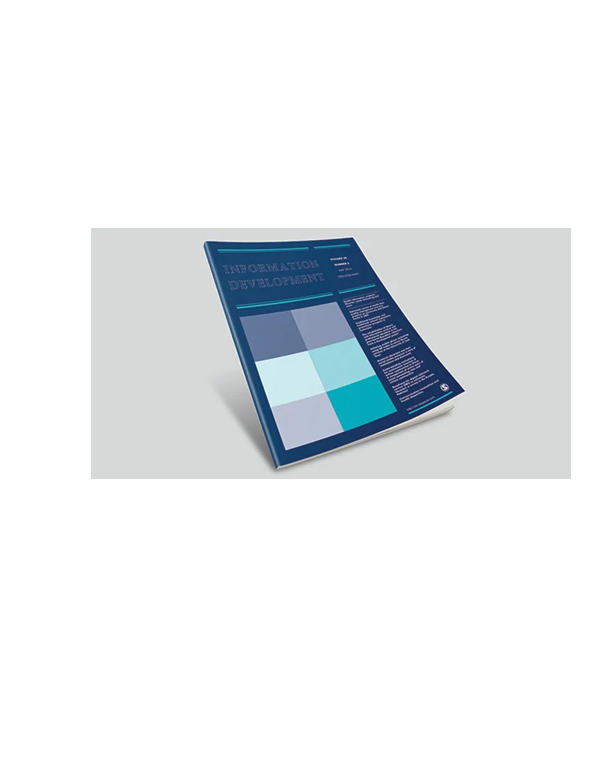E-gov for whom? Profile and challenges for non-users in the Brazilian context
Electronic government (e-gov) services refer to government-provided services delivered through Information and Communication Technologies, such as the Internet, mobile applications, and other digital tools, as an alternative to a traditional service provision. Studying e-gov adoption involves challenges in understanding not only the citizens who use e-gov services but also those who face difficulties or choose not to use them (non-users). This study compares e-gov users and non-users, considering their sociodemographic background, and identifying non-users’ reasons for refusing to use e-gov services. Moreover, a model to investigate the likelihood of an individual being an e-gov user is estimated, based on their digital skills and mobile phone usage. Data from TIC Household surveys from 2019-2020 and 2021-2022 conducted by Cetic.br in Brazil were analyzed for this investigation. The results indicate that the e-gov non-users proportion increases with age, lower education levels, and lower-income strata. The primary reason for not using e-gov services is the preference for face-to-face interaction. Furthermore, computer skills and mobile phone usage significantly increase the likelihood of an individual becoming an e-gov user. As the findings indicate persistent inequalities within non-users, policymakers should implement targeted actions to ensure equitable digital service provision, such as maintaining traditional service channels, particularly for digitally excluded groups, designing e-gov solutions that are intuitive and accessible for all socioeconomic groups, enhancing digital literacy among citizens, well designed mobile phone applications, and public awareness campaigns to raise knowledge about the benefits of e-gov use.
Mota, F. P. B., Santos, J. G. dos, & Silva, M. A. da. (2025). E-gov for whom? Profile and challenges for non-users in the Brazilian context. Information Development, 0(0). https://doi.org/10.1177/02666669251327184


